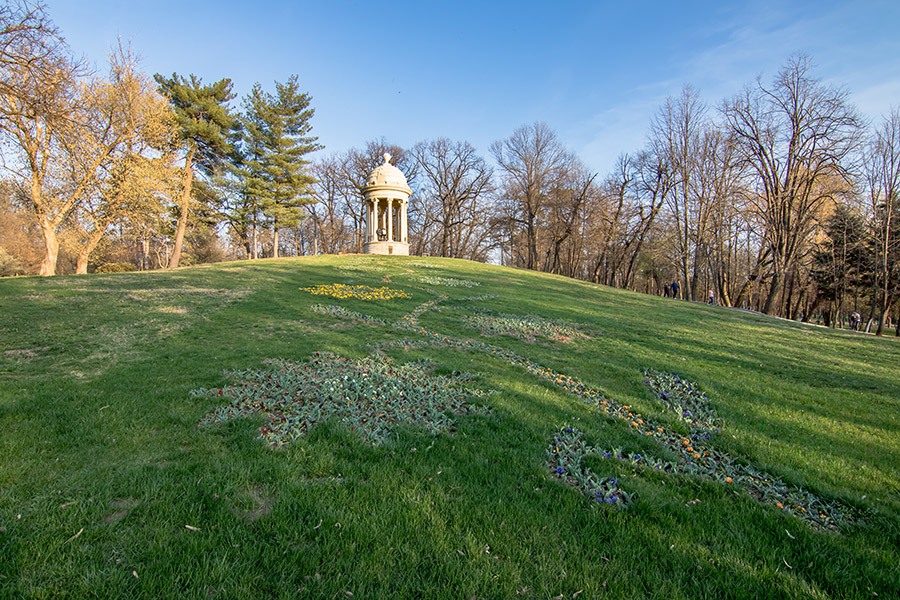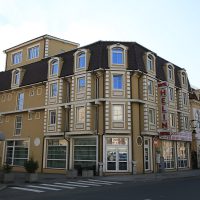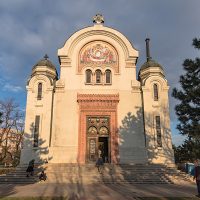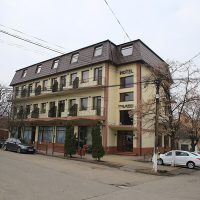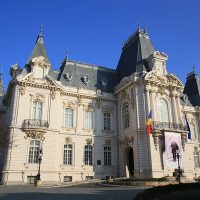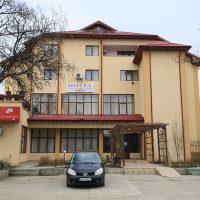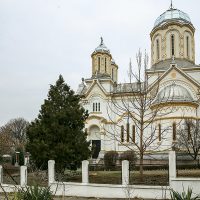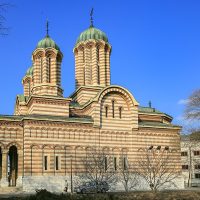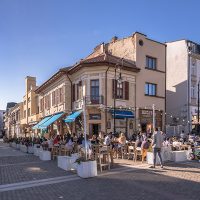








The Nicolae Romanescu Park in Craiova isthe third largest park in Europe, being one of the favorite places of the inhabitants of Craiova and of the tourists who stop in the town and go to visit it, declaring themselves fascinated by its beauty. The name of the park was given by Nicolae Romanescu, elected mayor of Craiova in 1898, and who, out of the desire to modernize and give a European image to the town, put into practice a large project of landscaping of parks and public gardens. Romanescu Park has carried many names over time, such as Bibescu Park, Independence Park or People’s Park. To put his idea into practice, Nicolae Romanescu chose Edouard Redont, a famous French landscape architect. The park project started in 1900, based on the plans of this French architect, whose vision has succeeded in creating this landscape jewelery, having been awarded the gold medal at the 1900 Paris International Exhibition. The volume of the planning works was a huge one compared to the technical possibilities of that time. Over 500,000 cubic meters of earth were dug and moved, and the length of the landscaped alleys exceeded 26 kilometers, while over 1,150,000 trees of all species were planted. The lands where no afforestation was made were covered with grass brought from France and Italy. The public lighting network was built by the Electric Company of Berlin. The official inauguration of the park was held on September 29, 1903, in the presence of King Carol I of Romania. Currently, the Nicolae Romanescu Park has an area of about 96 hectares of green area, a central lake with an area of 4 hectares and alleys stretching over about 35 km. Nicolae Romanescu Park also houses one of the oldest zoos in Romania, inaugurated in 1906. Also part of the park’s composition is an Olympic sized velodrome, as well as a former racecourse inaugurated in 1903. Thetown of Craiova has the privilege of owning one of the largest and most beautiful parks in the entire Europe, an exceptional monument of landscape architecture, conceived and realized as a romantic and comforting place, impressive in size and charming through the composition and diversity of natural elements.
Download PDF